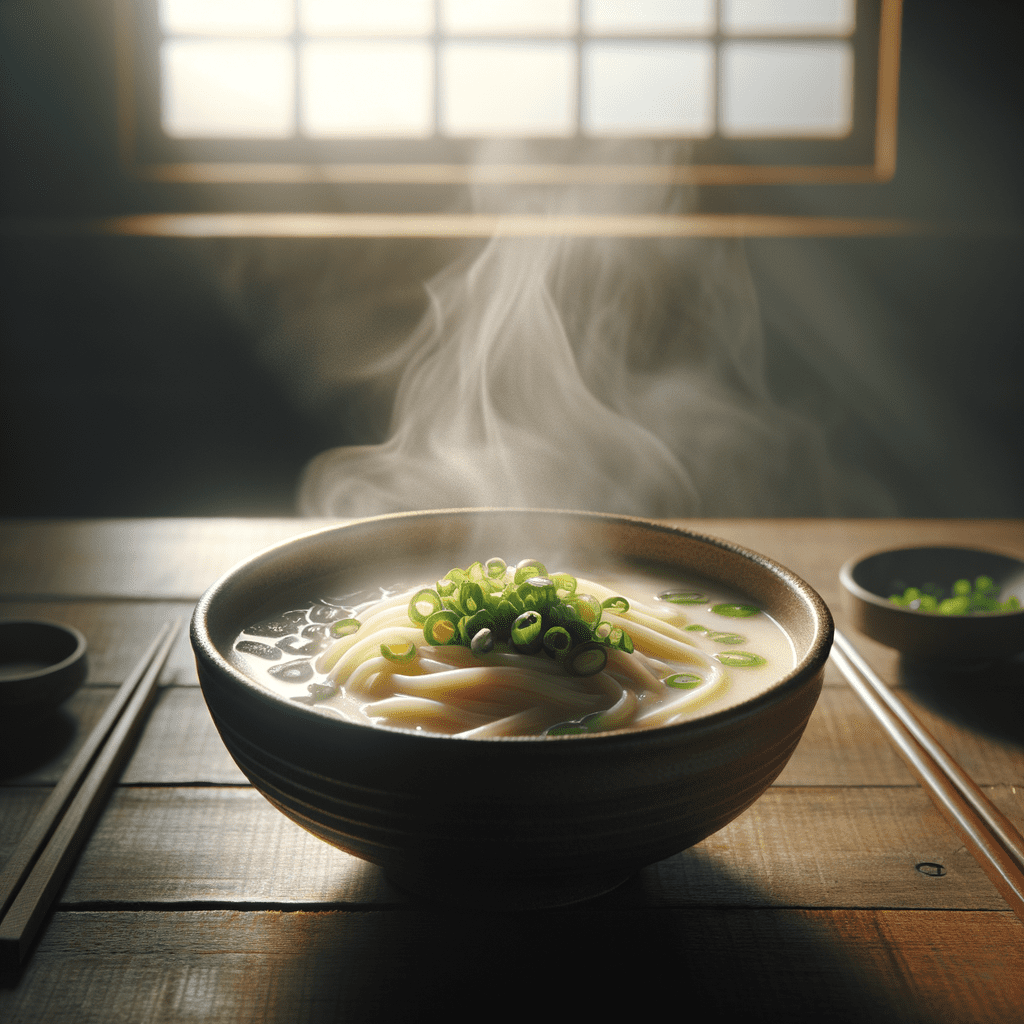When it comes to Korean cuisine, few dishes embody the warmth and comfort of home quite like Gukbap. This hearty meal, consisting of rice served in a hot, flavorful broth, is a staple in Korean households and restaurants alike. Whether you’re exploring the bustling streets of Seoul or the serene countryside, Gukbap offers a taste of Korea’s rich culinary heritage. 🥣
🥘 The Origins of Gukbap
Historical Roots
The history of Gukbap dates back centuries, with its origins deeply rooted in Korea’s agricultural society. Traditionally, it was a way to make use of leftover rice and broth, ensuring that no food went to waste. This practice was not only economical but also a reflection of the Korean ethos of resourcefulness and sustainability. Over time, Gukbap evolved from a simple peasant dish to a beloved national comfort food.
Evolution Through Time
As Korea modernized, so did its food culture. Gukbap began to diversify, with regional variations emerging across the country. Each region added its unique twist, influenced by local ingredients and culinary traditions. This evolution has allowed Gukbap to remain relevant and cherished in contemporary Korean cuisine.
🍲 Regional Variations and Recipes
Seoul’s Seolleongtang
In Seoul, one popular version is Seolleongtang, a milky beef bone soup. The bones are simmered for hours to extract their rich flavors and nutrients, resulting in a creamy broth that’s both nourishing and comforting. Served with tender slices of beef and a bowl of rice on the side, it’s a perfect meal for cold winter days.
Busan’s Dwaeji Gukbap
Travel south to Busan, and you’ll encounter Dwaeji Gukbap, a pork-based variant that’s equally delicious. The broth is prepared using pork bones and meat, seasoned with soy sauce, garlic, and other spices. It’s typically garnished with green onions and served with kimchi for an added kick. 🌶️
🌿 Taste Profile and Cultural Significance
A Symphony of Flavors
The taste profile of Gukbap is as diverse as its variations. Generally, it offers a harmonious blend of savory and umami flavors, with each ingredient contributing to the dish’s depth. The rice absorbs the broth’s essence, creating a comforting texture that warms both body and soul.
Cultural Importance
Beyond its flavors, Gukbap holds significant cultural value in Korea. It’s often associated with family gatherings and communal dining experiences. Sharing a pot of Gukbap symbolizes unity and togetherness, making it an integral part of Korean social life. In times of celebration or hardship, this dish serves as a reminder of home and community.
In conclusion, Gukbap is more than just a meal; it’s an experience that encapsulates Korea’s culinary history and cultural richness. Have you ever tried Gukbap? If so, which variation is your favorite? 🍚🥢
#Gukbap
